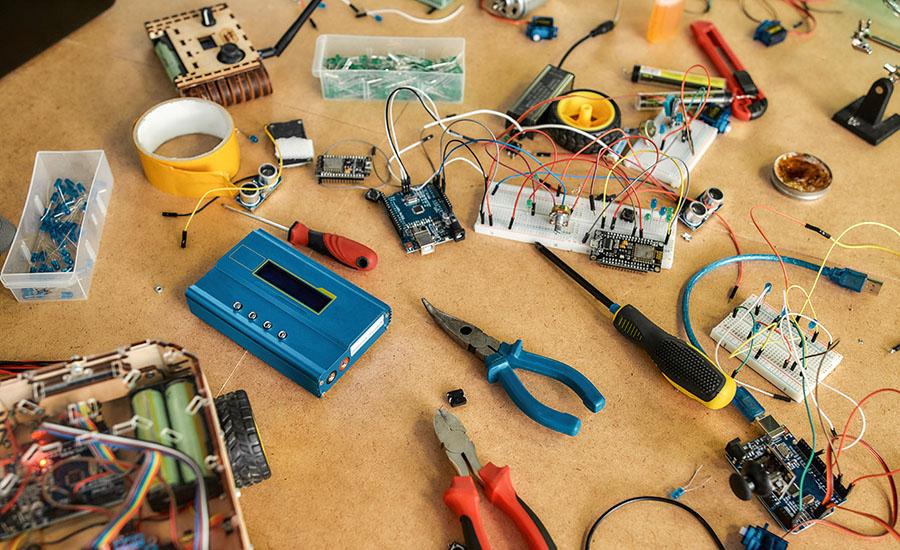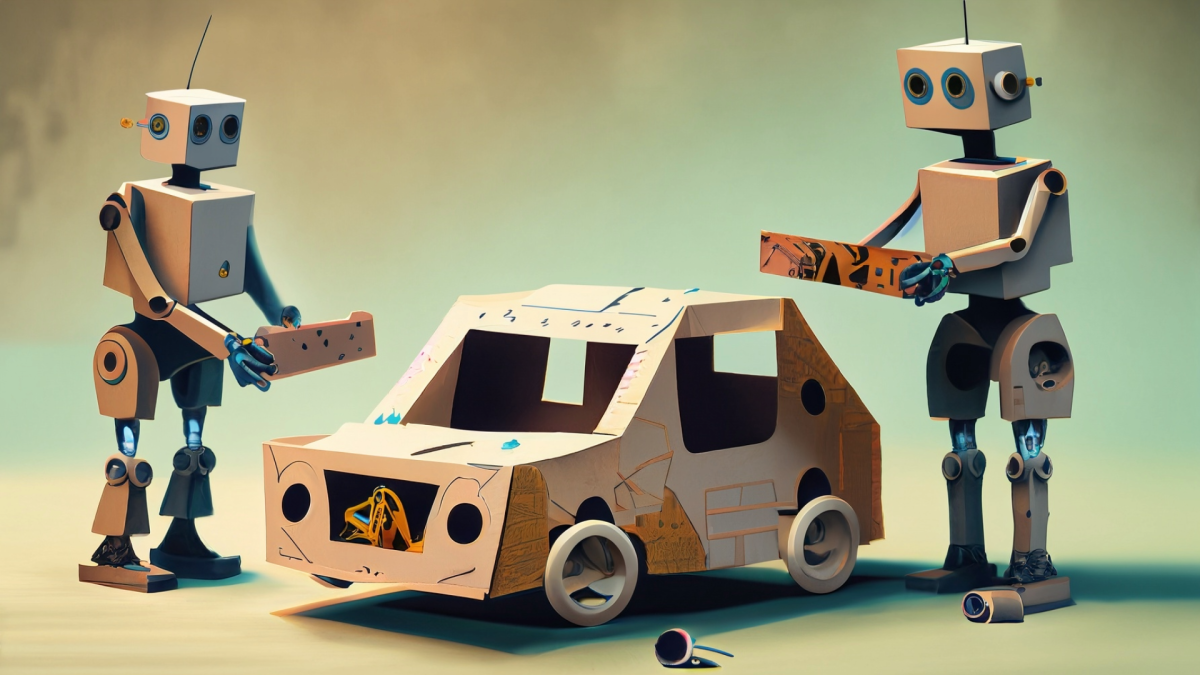
Wildlife Roadkill and the Road Most Traveled
by Katie Krause
In the unit, students will identify ways abiotic and biotic components work together in an ecosystem and what happens when it's disrupted through a analyzing wildlife roadkill in Arizona. Students will analyze graphs through the Arizona Department of Transportation Wildlife Roadkill report and look for hotspot trends in different districts and counties in Arizona, by sorting data. They will look in Google Maps and identify reasons why that location might attract wildlife by making inferences and using data and reasoning. Finally, they will using the engineering design process to design a model of a Wildlife Crossing bridge which can be a solution to help with wildlife roadkill hotspots.
Lesson Grade Level
5th GradeLesson Plan Link/URL
https://docs.google.com/presentation/d/1yXm5Ce9gtjUbA98-9ciLrDuzZgFu8yNE/edit?u…Subject Area
Science Life Science Technology 4. Innovative Designer 5. Computational Thinker Engineering S2: Apply the Engineering Design Process S3: Apply Mathematics to Engineering S5: Apply Technology to Engineering Mathematics Measurement and Data (MD) English Language Arts (ELA) Reading (Informational Text) Speaking & Listening
Featured
Off
Related Content

Grades:
6th Grade
In this unit, students will study the effects of air pollution and engineer an environmentally friendly air filter to reduce pollutants in the air using common household items and recycled materials

Grades:
9th Grade, 10th Grade
This lesson plan focuses around 4 key topics, with activities for each. The plan covers renewable energy, solar energy, why solar energy is important, and what the children can do to conserve energy

Grades:
1st Grade, 2nd Grade, 3rd Grade
In this lesson, students design, build and test model candy cars made from simple materials. They measure the changes in distance and travel by the addition of revision of design features. Students

